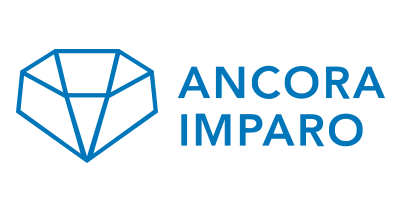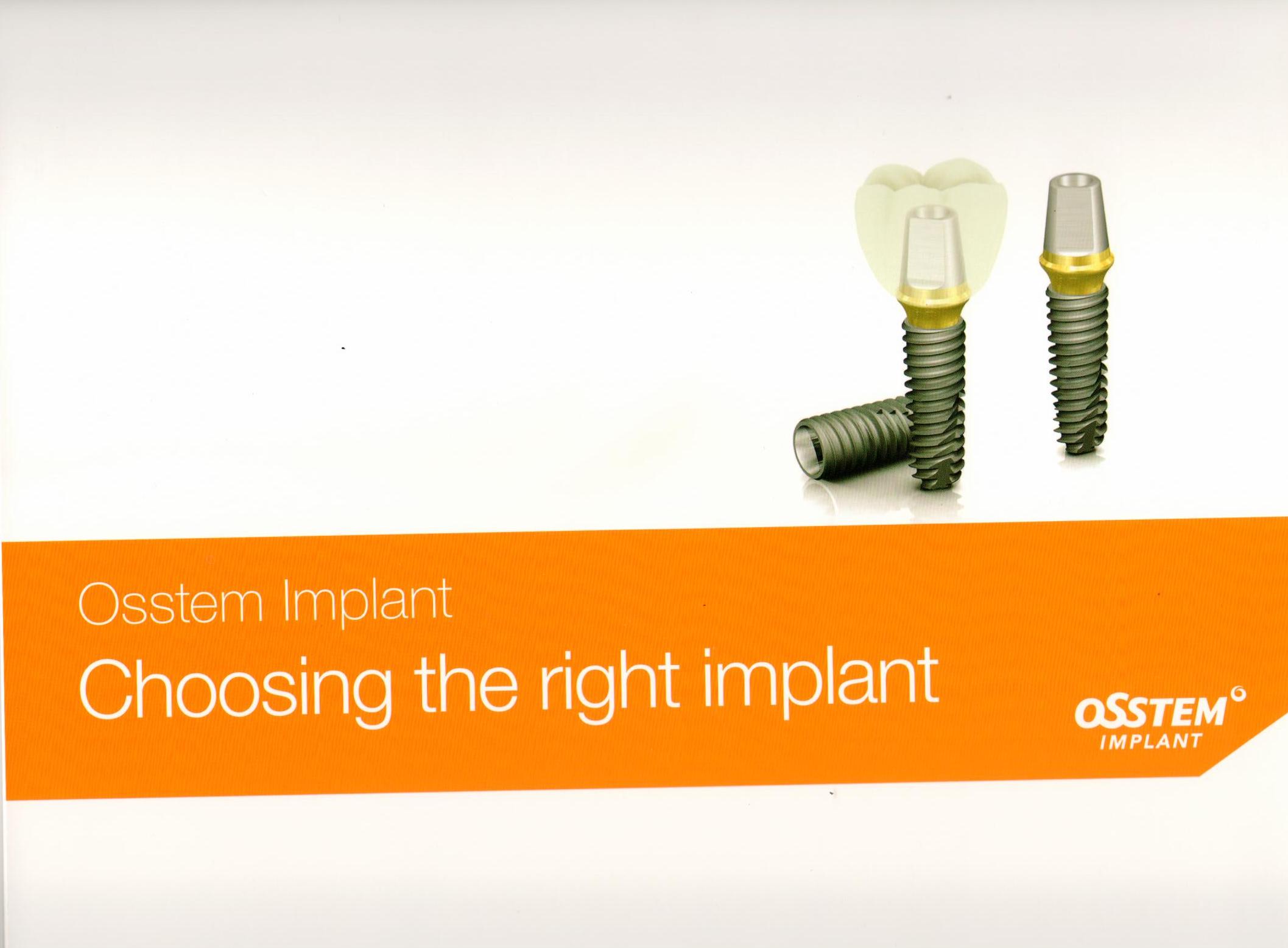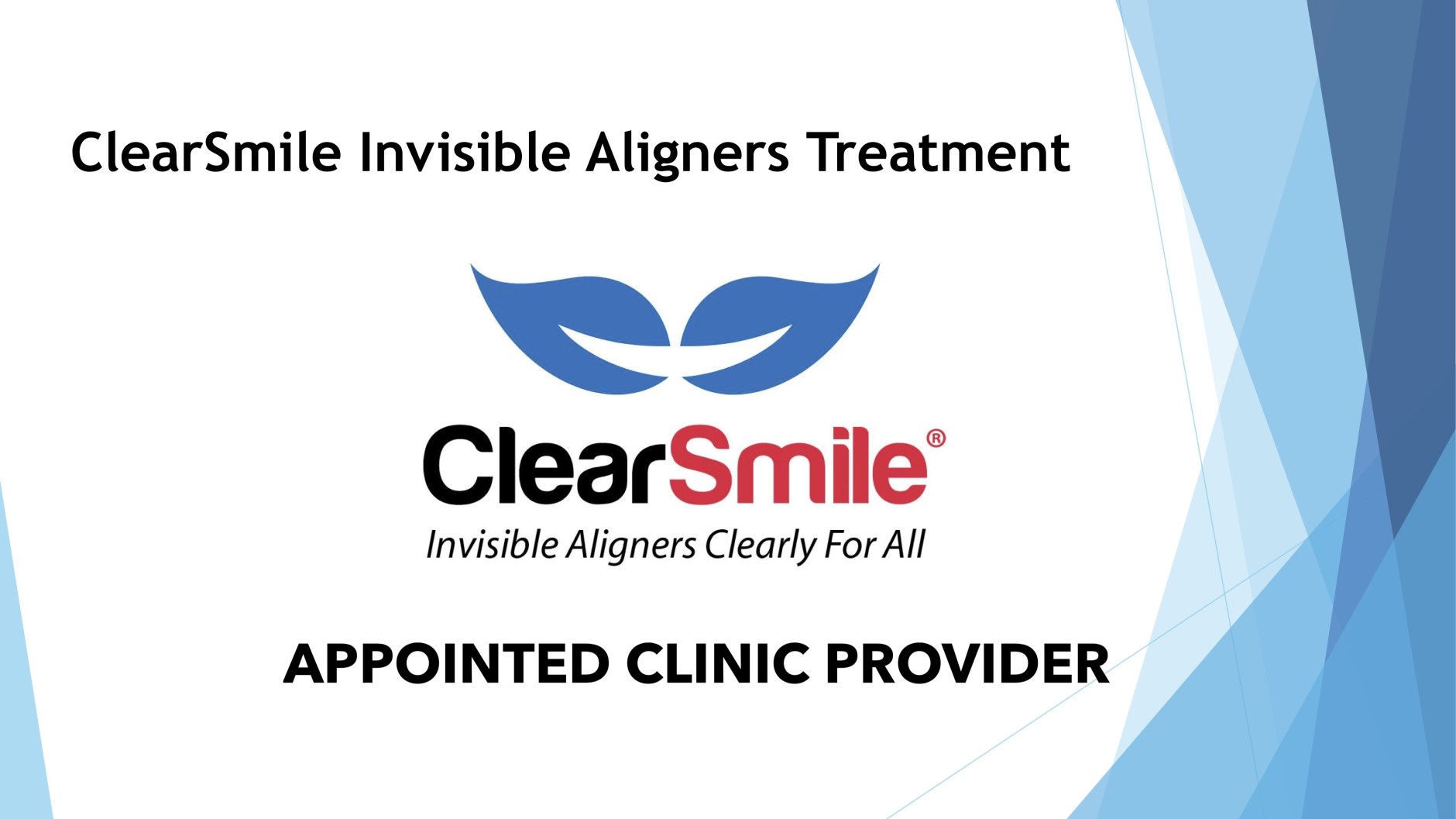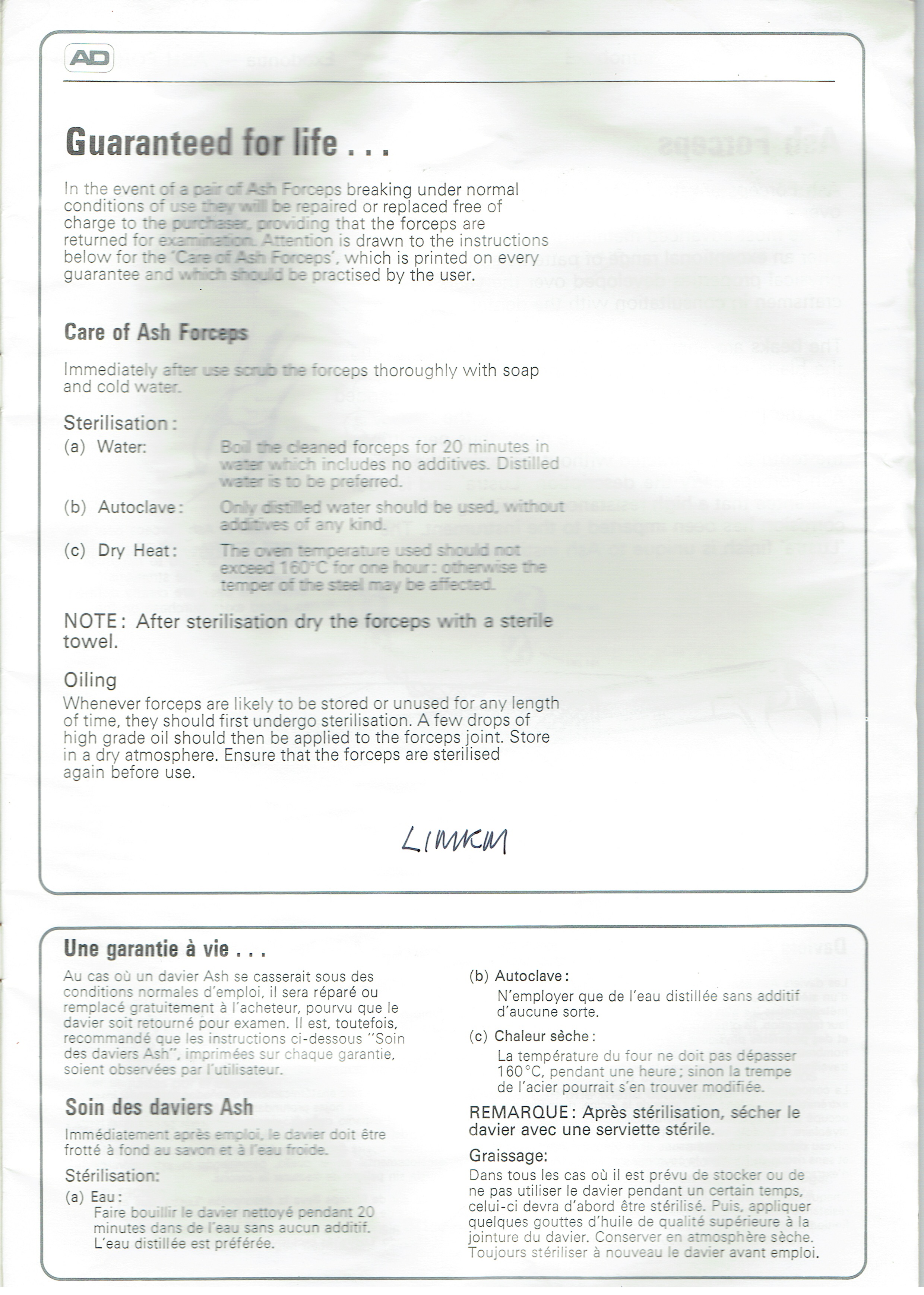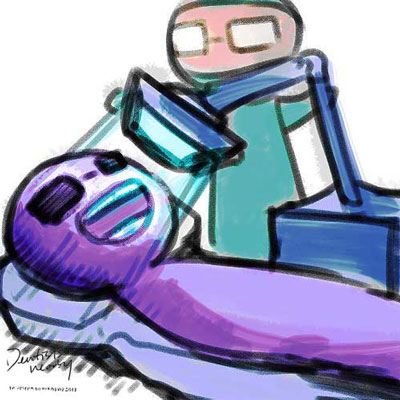Orthodontics Braces in Selangor, Malaysia
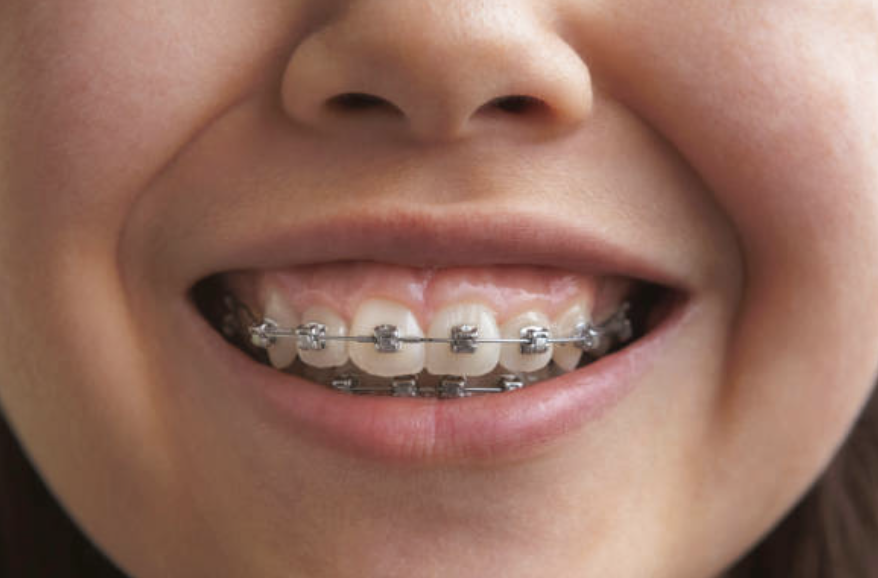 Orthodontics is defined as the art and science of straightening teeth. The Greek and Latin roots of ortho means "straight" and dontics refers to "teeth."
Orthodontics is defined as the art and science of straightening teeth. The Greek and Latin roots of ortho means "straight" and dontics refers to "teeth."
Orthodontics is defined as the art and science of straightening teeth. The Greek and Latin roots of ortho means "straight" and dontics refers to "teeth." This specialty of dentistry has been around for many years and is a mainstay to dentists and patients alike. Many general dentists are trained to do all but the most difficult of cases, and a few have the training and experience to even perform these. But most of the tougher cases are reserved for specialists who have taken at least a two-year post-graduate orthodontic program at a dental school or hospital. A successful completion of one of these courses provides the dentist with the academics and experience necessary to be board eligible.
https://dentist3.com/2022/06/25/orthodontics-braces-in-selangor-malaysia/
Licensed dentists can limit their practice to any discipline they so choose, including orthodontics / braces, and so state and promote that. But, unless they are board eligible, they cannot call themselves an orthodontist. This has caused some confusion with the public and also created some friction between non-board eligible dentists who practice orthodontics and orthodontists. Still, as in so many things in life, a particular degree or lack thereof cannot in itself guarantee the results obtained by any particular practitioner. The consumer should always operate out of a caveat-emptor mentality.
Orthodontics / braces is accomplished by many different diagnostic and treatment methods, depending on severity and the nature of the problem and the patient's age. Young people still have growth occurring in their upper and lower jaws; while the teeth themselves are completely formed in the crown portion and will not grow in size, the jaws and bone housing them will. An 8-year-old will be treated much differently than a 12-year- old and that 12-year-old different still from a fully grown adult over 18 years old.
This article, for the sake of simplicity of understanding, will segment diagnosis and treatment into three parts according to age: 1) the mixed dentition (ages 6-12); 2) the adolescent patient with all primary teeth having been shed and all adult teeth except wisdom teeth erupted (ages 13 to 18); and 3) the adult dentition where, at least, the second molars (also called the 12-year molars) have erupted and, in many cases, the third molars (wisdom teeth) have erupted.
There may be many ways of treating each and I will include treatment for each age category. The treatment methods discussed in this chapter is in no way meant to be the only accepted and successful methods, but are merely representative of the many options available. Any treatment modalities left out of this discussion does not mean that they are inferior in any way and some may surpass the ones in this book. With these explanations in hand, let's take a look at just how orthodontics / braces works.
https://dentist3.com/2022/06/25/orthodontics-braces-in-selangor-malaysia/
Mixed Dentition (Ages 6 to 12) for Braces in Selangor, Malaysia
These young children aged 6 to 12 years old often have their adult teeth coming in all over the place in irregular patterns, forming an occlusion that is unacceptable or at least uncomfortable and/or disfiguring. Since they have a tremendous amount of growth still to take place, it is often difficult to tell how much self-correction will take place during development. Yet, it is often appropriate to intervene with early treatment if the dentist or orthodontist believes that time can be shaved off the total treatment time as well as helping to keep total costs down. However, these young patients are often difficult to obtain cooperation and compliance from. This is particularly true in the areas of oral hygiene and the wearing of the appliance should they be removable, or the changing of elastics or other systems if they are permanently placed on the teeth. For our purposes here, let's assume this young patient is found to be a good risk to begin early orthodontic treatment.
When a young child of 7, 8 or 9 years old has shed some of his adult teeth but not others, it is evident that the teeth coming into the mouth are crowded due to not having enough room to naturally come into their proper positions. Outside help is needed, using cephalometric x-rays, diagnostic models, clinical evaluation, subsequent measurements; and an analysis of all gathered data.
A lateral cephalometric radiograph is an x-ray of the lateral aspect of the skull. In other words, the radiograph is taken from the side of the full face, looking at one's profile. This developed radiograph is then traced over with a thin see-through paper, both of which are placed on a glass with light showing through from artificial illumination. This allows the diagnostician to see all the relevant anatomical landmarks on the skull radiograph and then to trace them out onto the paper. Lines and angles are drawn onto the paper and then measured and analysed. These are then compared against normal values, and decisions can then be made to form an accurate and proper diagnosis.
These two pictures demonstrate the amount of growth that takes place between the ages of 8 and 12. These are the ages that the dentist has the best opportunity to influence the guidance of the teeth into the proper occlusion.
Below on the left is an x-ray (radiograph) of a child whose tonsils are blocking the airway. The radiograph on the right shows the tonsils removed and the airway open. These children usually sleep better, get better grades, and are better behaved.
Class I for Braces in Selangor, Malaysia
These are the ideal or more ideal cases. Yet many chil


